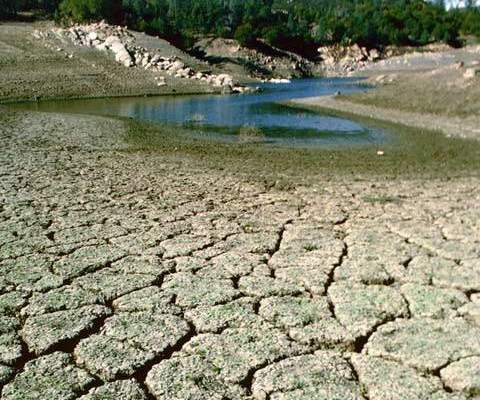In a recent study, a team of researchers from around the world concluded that anthropogenic climate change has “at least 20 times increased the likelihood” of drought in the Northern Hemisphere.
The study says that the risk of soil drying up, similar to what has been observed in Europe, China and the United States, could occur once every 20 years in the current climate, compared to once every 400 years, or even less often than in the absence of warming.
The study was conducted by researchers from the World Weather Attribution Network, which is a pioneering group of scientists in the field of investigating the causal relationship between extreme natural events and climate change.
The study found that “human-induced climate change has increased the likelihood of surface drought by at least five times and increased the likelihood of agricultural and environmental drought by at least 20 times.”
In the summer, many European countries suffered from the phenomenon of drought, starting with France, where rivers dried up and several regions were forced to introduce a water rationing system. This phenomenon has also affected parts of the US and China.
The effects of this drought have affected the agricultural sector as crops have declined at a time when global food prices are on the rise.
The drought has also led to forest fires and disruptions in power generation, especially hydropower and nuclear power.
Source: El Nashra
